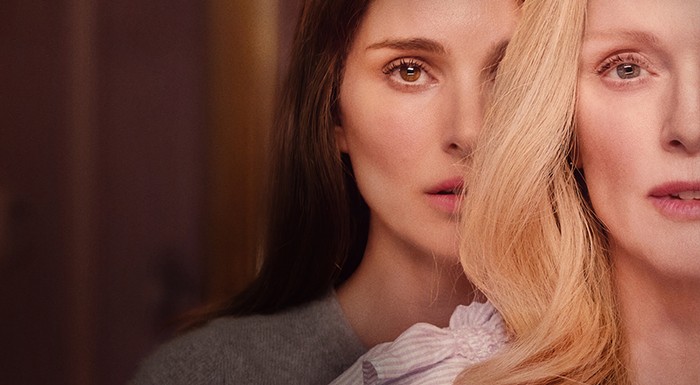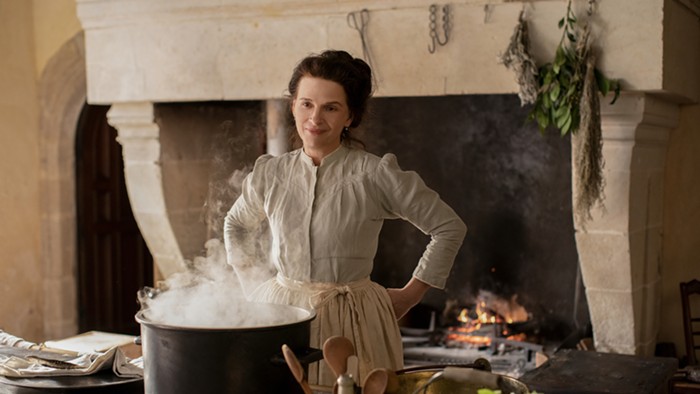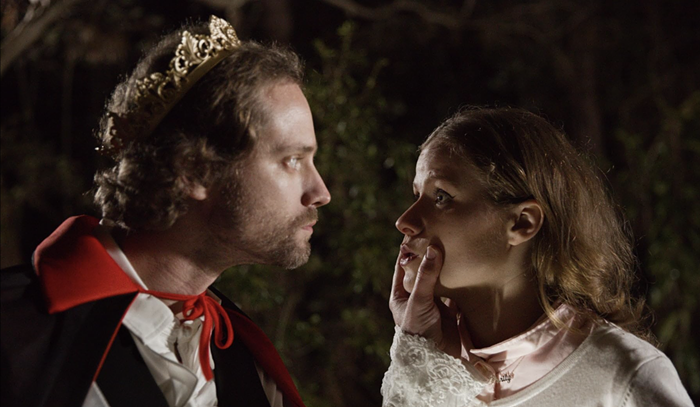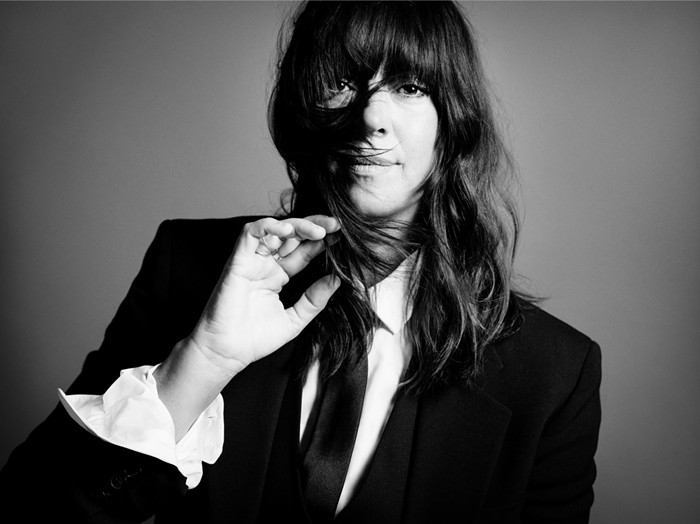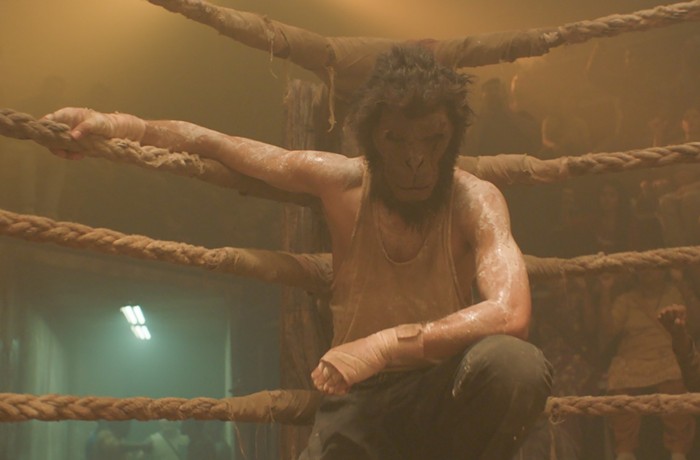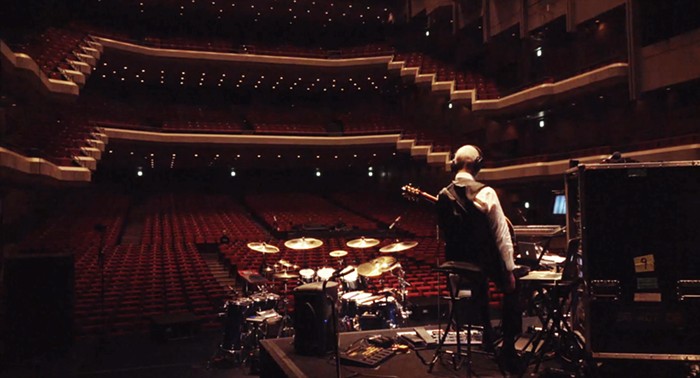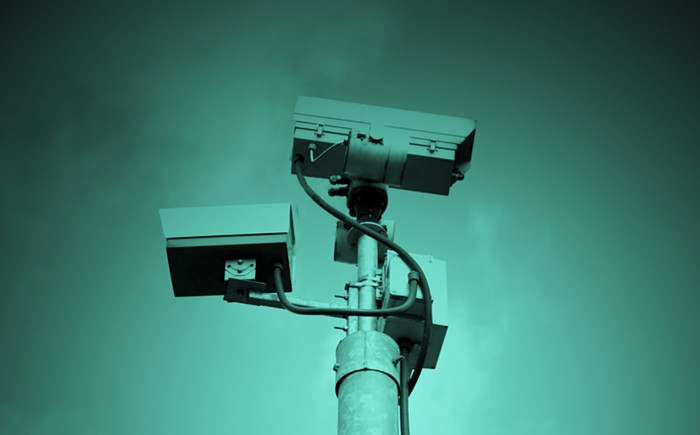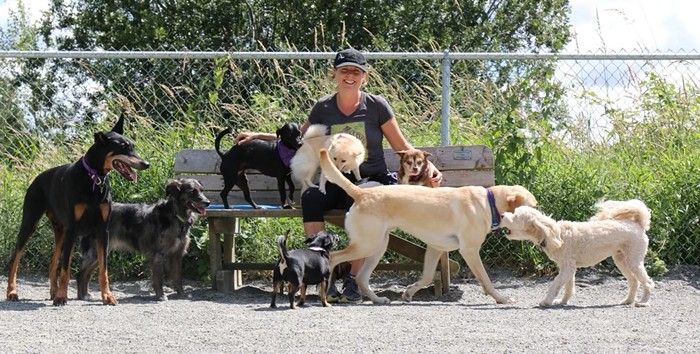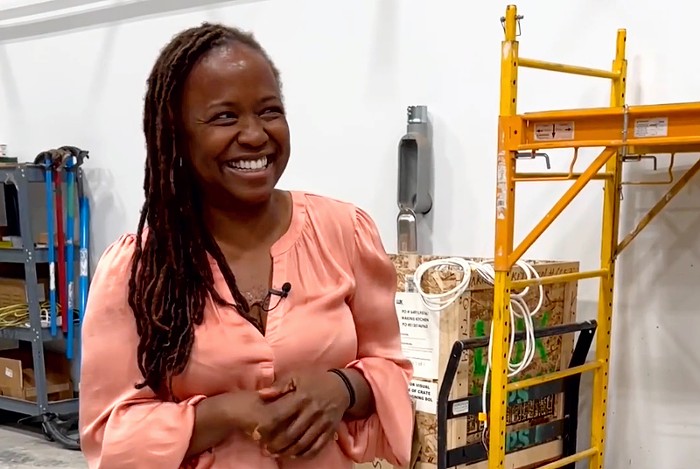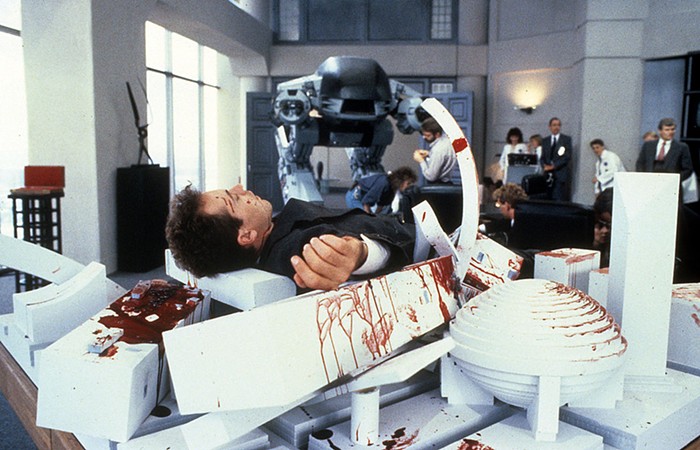dir. Terry Zwigoff (adapted from the book by Dan Clowes)
Opens Fri July 20 at the Neptune.
In the opening sequence of Terry Zwigoff's Ghost World, title credits roll while the camera floats--ghost-like, naturally--through a balmy blue evening, past open apartment windows. Each window frames a character caught in some deeply personal and banal moment: a fat man stuffing food into his mouth while watching TV, a woman picking obsessively at her nails. Exposed to the disembodied eye of the camera, the scenes read like grotesqueries, exquisite reminders that the normal front of human existence belies aberration in everyday form.
Aberration in everyday form is bread and butter to teenagers Enid and Rebecca, for whom the world is a pathetically thin attempt to veil humanity's freak parade. Ghost World's opening sequence works beautifully as a parallel to indie comics--the framed glances into hidden lives, the odd detail highlighted as kitsch--and it effectively lifts us up from cartoonist Daniel Clowes' pages and into the popped-out lives of Enid and Rebecca, as played by Thora Birch and Scarlett Johansson. But the sequence also points out the film's most comic-book-mimetic quality: that there is no such thing as a detached observer. Observation, as new physics informed us over a decade ago, irrevocably changes both the observer and the observed.
In Ghost World, Enid and Rebecca are consummate observers. Like all suburban teenagers dipped as infants in the ink of popular culture, they're stained by its instability. History equals kitsch to them: A pair of jeans left on the sidewalk that remain, mysteriously, day after day, begins to seem symbolic. Enid falls in love with '50s-style mall diners because of their consistent inauthenticity. Kitschy things are reassuring, because they are objects at a remove, things valued more for the aspersions they cast on "real life" than for their inherent qualities. Kitschiness creates an ironic distance, and that distance is exactly where Enid wants to be.
But Enid's ironic distance extends to people, too, and in the movie version of Ghost World, this is where the crisis arises. After they see a glowingly pathetic "I Saw U"-type ad in the local weekly paper, Enid and Rebecca decide to call and pretend to be the woman described, and to propose meeting at a '50s diner. They then lie in wait at the diner, to see who shows up.
When the limp-haired Seymour (Steve Buscemi, perfectly cast) arrives, his disappointment at being stood up is almost too much for even Enid and Rebecca to bear, and Enid becomes sort of obsessed with him. Why? Because he's so geeky, and his interests are so esoteric, that he flies neatly under the radar of kitsch. He seems authentic.
Enid casts herself as Seymour's love-life advisor, trying to cultivate his authenticity, and as Rebecca drifts further and further into mainstream culture, Enid adopts Seymour's aesthetic. Her disgust for any kind of involvement in "real life" doesn't allow her to keep a job, so she can't pony up for the apartment she and Rebecca have been trying to get. Her father, a divorcé, starts dating again. Then, unbelievably, the woman for whom Seymour originally placed the ad actually calls, and he gets into a rather ordinary relationship with her. This last bit of happiness sends Enid over the top. How can the world be so unrelentingly and passively predictable?
Enid's attempt to convince Seymour that love is a boring substitute for misanthropy leads, of course, to disaster all around. In Clowes' comic-book version of Ghost World, there isn't the same neat morality, and although he and Zwigoff try valiantly to keep the screenplay complex, it's a little disappointing to see Enid's angst wrapped up in a simple package. Not that there's a happy ending--Clowes and Zwigoff are too smart for that--but the varied ghostly fadeaways that occur in the comic do not survive Hollywood.
What does survive Hollywood is a kind of static cinematography that also, not surprisingly, mimics comic-book framing. Clowes, who worked closely with set designers, packs overwhelming detail into these frames (comix insiders will want to keep an eye out for art by Sophie Crumb and Clowes), but the film itself doesn't show off much interesting movement. Even as Enid rides off into the sunset, we the audience are cast merely as observers, left behind in the wake of her terrible failure. As the distance between us grows, we can only shuffle out of the movie theater, hearts exquisite and grotesque with sadness.
